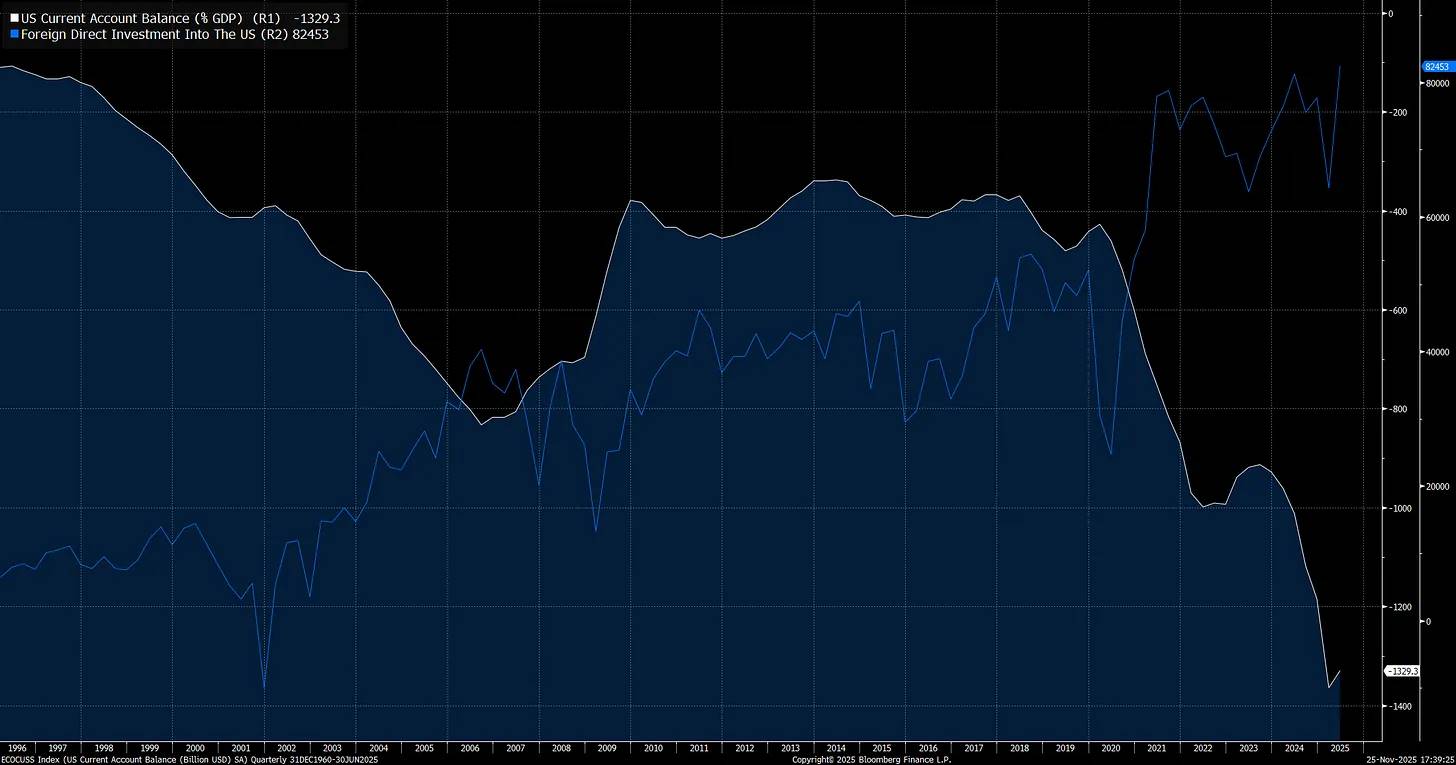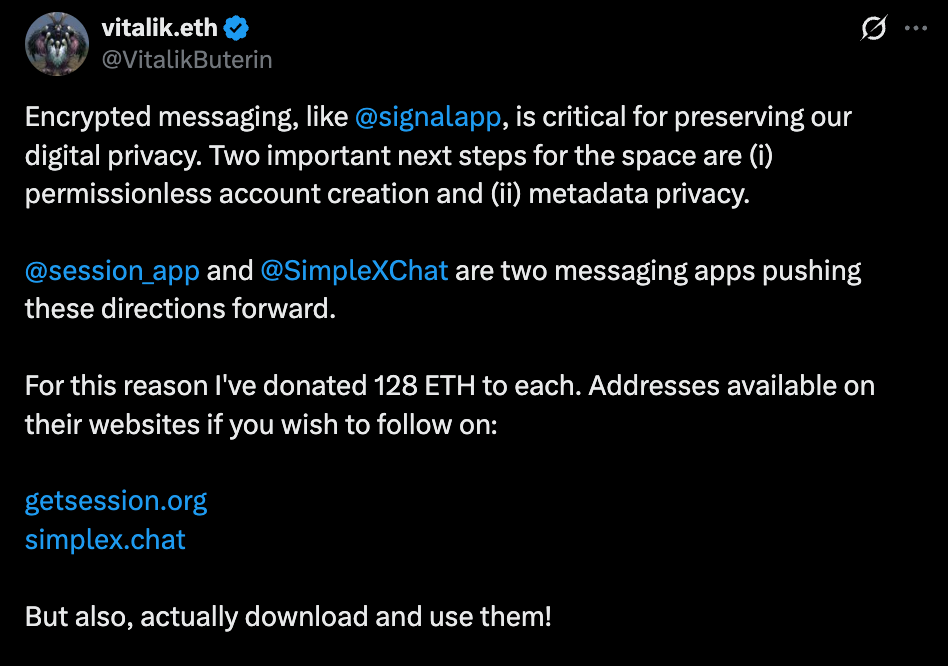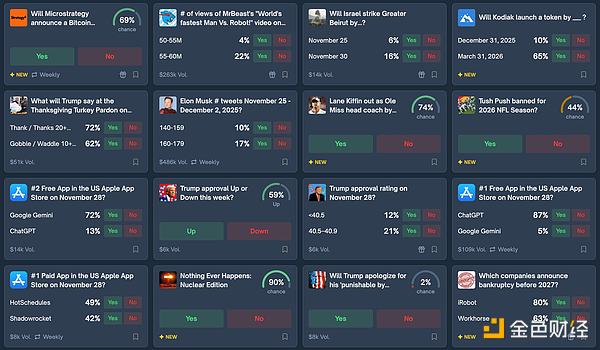- SHIB forms a strong pattern near $0.0000155, showing a base that could trigger a powerful bullish move ahead.
- Traders observe a W shape that aligns with a reversal zone and points to a rally toward the $0.0000300 mark.
- If SHIB holds above $0.0000170 the next breakout level at $0.0000200 may confirm a strong uptrend in motion.
Shiba Inu (SHIB) is forming a strong base near its multi-week support zone, according to the latest 4-hour SHIB/USDT chart on Binance. The visual data highlights a clear horizontal accumulation region between $0.0000170 and $0.0000155, where prices have repeatedly rebounded in past sessions. Analysts interpret this as a potential bottoming phase, which could precede a significant upward move.
The chart shows a sharp drop followed by consolidation, mirroring previous accumulation behavior before rallies. With multiple tests of the same support zone, traders are closely watching for confirmation of a double-bottom pattern—a structure that often signals a bullish reversal. If confirmed, the next move could target a significant upside recovery.
SHIB Consolidates Near Crucial Support Zone
The 4-hour chart reveals that SHIB’s price has revisited a demand area where previous recoveries began. Between $0.0000155 and $0.0000172, price action has formed consistent lows, suggesting strong buyer interest. Market participants interpret this accumulation as a potential reversal signal if price holds above these levels.
The pattern indicates that bears have repeatedly tested the support zone but failed to sustain lower momentum. Each time price dips near the bottom, buying pressure has lifted SHIB back toward short-term resistance. This reflects market indecision but also reinforces the importance of this range as a psychological floor for traders.
Historically, such consolidation after major declines tends to attract technical traders seeking early entries ahead of bullish breakouts. The same region served as a foundation for previous rallies earlier in the year. With this pattern repeating, the likelihood of another breakout increases as long as SHIB maintains its support.
Technical Setup Suggests Potential 100% Upside Move
The drawn projection on the chart outlines a possible W-shaped recovery, where the second dip completes the reversal formation before a strong rally. If this pattern materializes, the breakout could push SHIB back toward the $0.0000300–$0.0000330 range, aligning with prior resistance levels.
Such a move would represent an estimated 75% to 100% gain from the current price, depending on the strength of momentum and trading volume. However, confirmation would require a sustained close above $0.0000180, signaling that bulls have regained control. The formation’s symmetry implies that the next leg higher could develop rapidly if buying volume expands.
The blue arrow in the chart indicates an aggressive upward projection, illustrating what could follow if the double bottom confirms. Traders often use this structure to anticipate breakout targets, and the projected move aligns with the market’s prior reaction zones. A breakout above $0.0000200 would likely attract renewed interest from retail and speculative investors.
Market Sentiment and Key Levels to Watch
While short-term fluctuations continue, the broader sentiment around SHIB remains cautiously optimistic. The repeated defense of the same support band indicates that long-term holders remain confident. The consolidation phase also narrows volatility, typically preceding significant directional movements.
The immediate levels to monitor are $0.0000155 as critical support and $0.0000185 as the first resistance threshold. A clean break above $0.0000200 could serve as confirmation of bullish momentum and pave the way for the upper resistance targets. Conversely, a drop below $0.0000150 would invalidate the setup and suggest a deeper retracement.
Traders continue to monitor liquidity data and exchange inflows for additional confirmation. Historically, declining exchange supply during such consolidation phases has preceded notable rallies. However, volume confirmation remains key to verifying the next directional bias.




